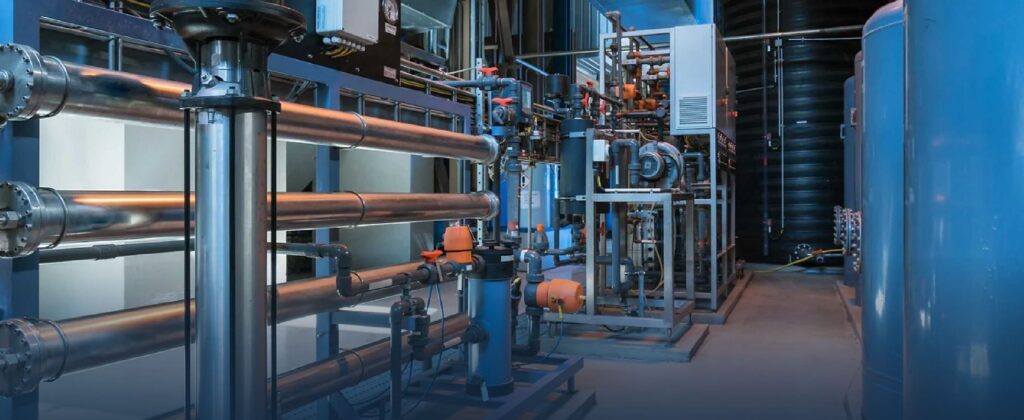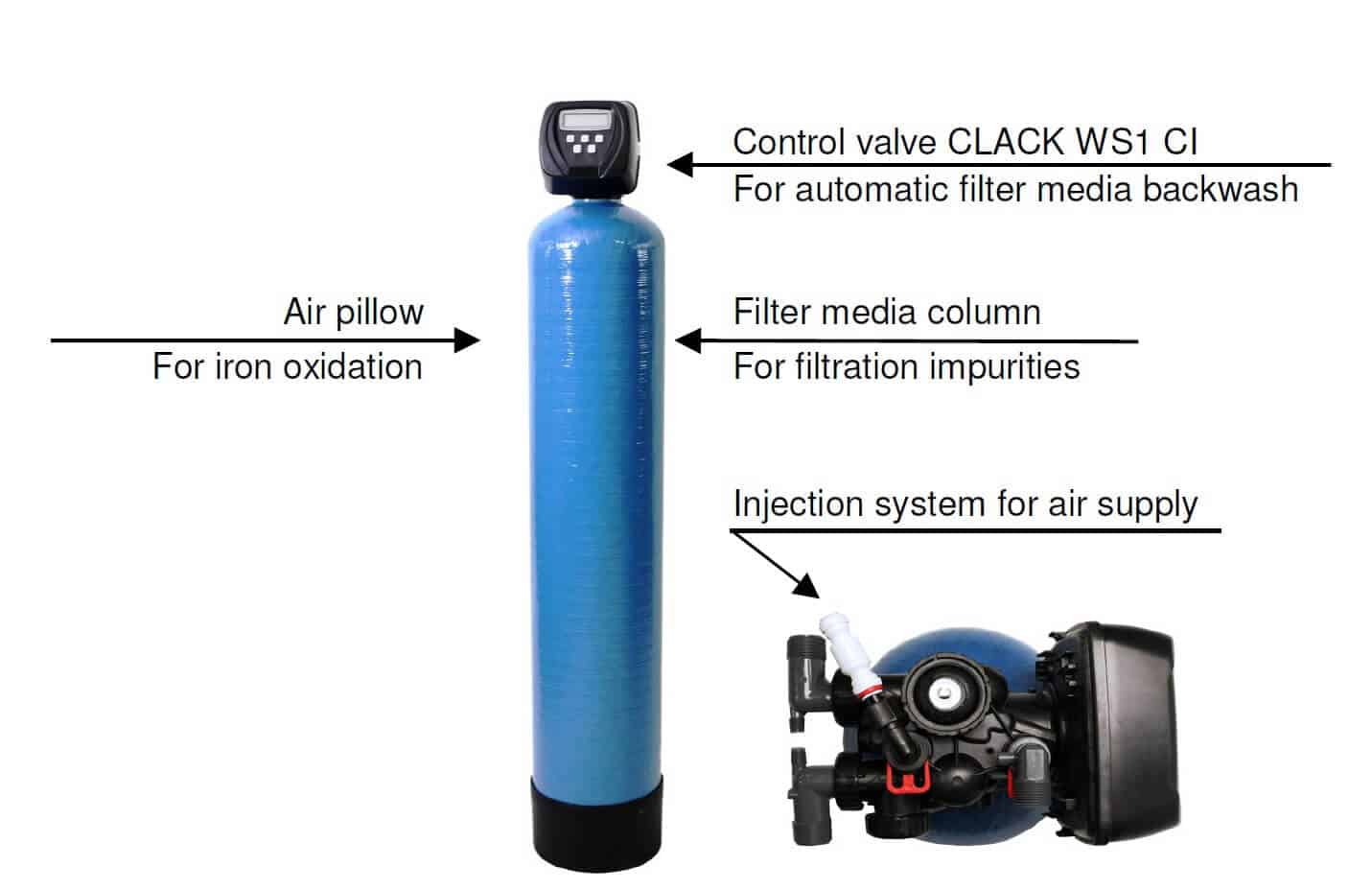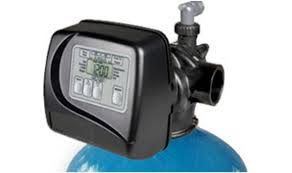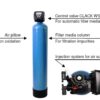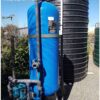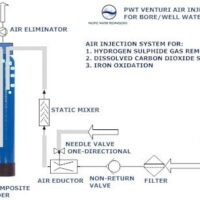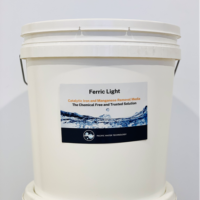- long material life with relatively low attrition loss
- A wide temperature performance range and extremely high removal efficiency.
Note: Negligible labour costs are involved because Birm does not require chemicals for regeneration, only periodic backwashing is required. |
- Contain no oil or hydrogen sulphide
- Organic matter not to exceed 4-5 ppm
- The Dissolved Oxygen content equal at least 15% of the Iron content
- A pH of 6.8 or more and for Manganese removal a pH of 8 to 9.
- If the water contains both Iron and Manganese the pH should be below 8.5, as the possible formation of colloidal iron may cause issue with filtration.
- No Polyphosphates – Polyphosphates are known to coat Birm and reduce Birm’s ability to remove iron or manganese.
- Free chlorine less than 0.5 ppm
- Freeboard should be 50% minimum
- Backwash Bed expansion 30-40%.
- Service Flow rate: 3.5 to 5 gpm/ ft3
|

